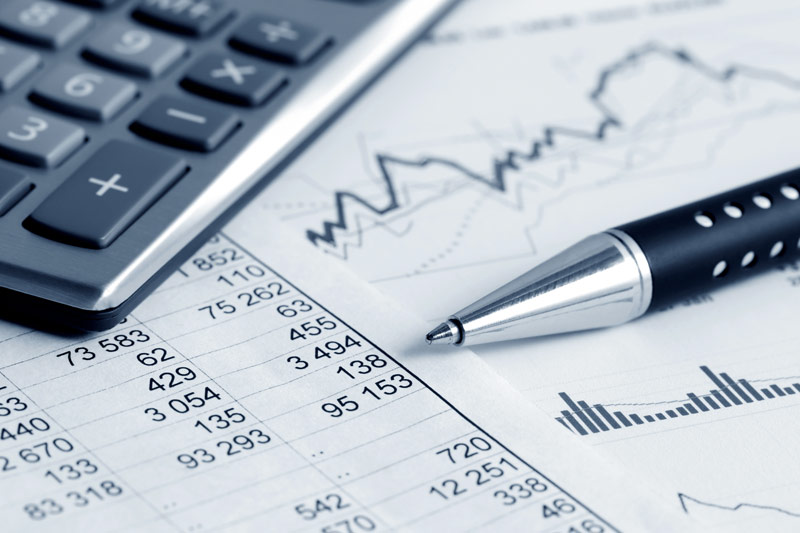German Consumer Confidence Shows Signs of Improvement
BERLIN - The latest survey conducted by GfK and the Nuremberg Institute for Market Decisions (NIM) indicates a gradual improvement in German consumer confidence as November approaches. The consumer confidence index, which measures households' economic expectations, willingness to buy, and income expectations, increased from the slightly revised value of -21.0 points in the previous month to -18.3 points, surpassing analysts' expectations of a rise to -20.5 points.
This rise in confidence marks the highest index value since April 2022, although it remains at a relatively low level. The survey, conducted between October 4-15, 2024, found that both income expectations and willingness to buy have risen for the second consecutive time, while the savings inclination showed a slight decline.
Despite these positive developments, economic expectations for the next 12 months have decreased for the third consecutive time. This aligns with the German government's forecast of a 0.2% economic contraction for 2024, which would signify a decline for the second consecutive year and position Germany behind major eurozone countries.
When commenting on the current climate, NIM noted that ongoing uncertainties due to crises, wars, and rising prices are impeding the full impact of positive factors like real income growth on consumption. Additionally, increasing corporate bankruptcies and news regarding job cuts or plans to relocate production abroad are also hindering a stronger recovery.
The survey further revealed changes in the components of the consumer climate compared to last year. The willingness to buy indicator rose from -16.3 in October 2023 to -4.7, while income expectations leaped from -15.3 to 13.7. However, economic cycle expectations saw a slight decrease from 0.7 to 0.2 compared to the previous month.
The consumer climate indicator serves as a forward-looking measure predicting the direction of actual private consumption in the coming month. A reading above zero indicates year-on-year growth, while a reading below zero signifies a decline compared to the same period the previous year. According to GfK, a one-point change in the indicator corresponds to a 0.1% change in year-on-year private consumption. The "willingness to buy" component reflects public opinion on whether it is a good time to make significant purchases.


